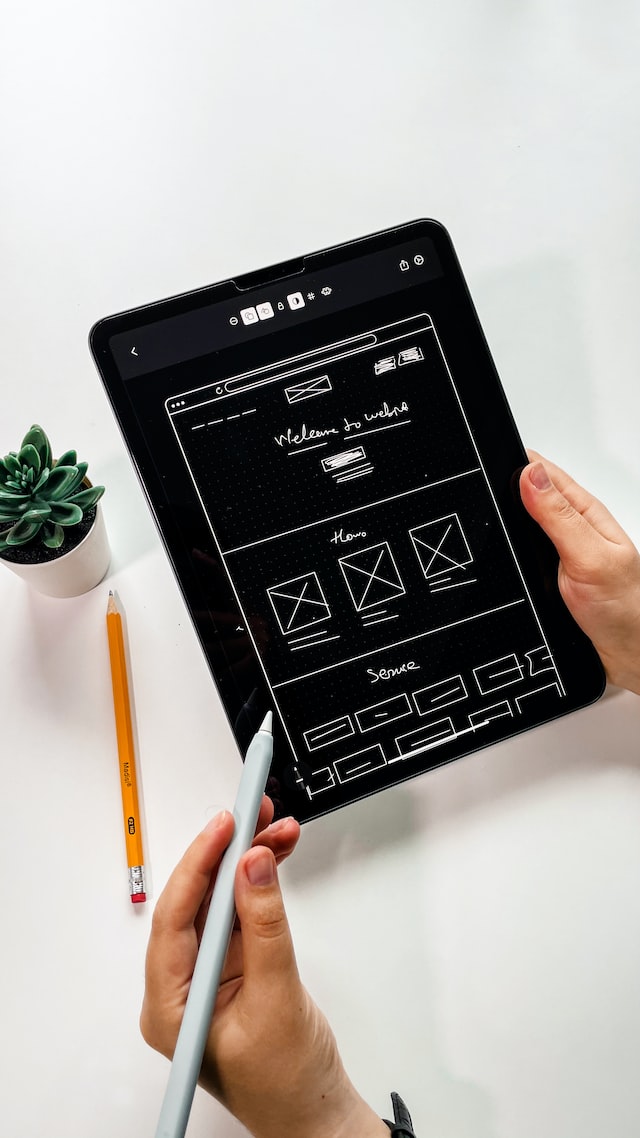As technology becomes more and more integrated into our everyday lives, the user experience must be intuitive and easy to use. Building a user interface that is both aesthetically pleasing and easy to navigate is essential for any company that wants to stay ahead of the curve. In this blog post, we’ll explore why building an intuitive user experience is so important and how you can go about creating one.
Define “intuitive user experience” and explain why it’s important
An intuitive user experience is characterized by a product or service that is easy to interact with and understand. It requires little to no instruction from the user as it organically leads them through their task to achieve the desired outcome. This can include features like simple navigation menus, streamlined checkout processes, or clever design choices which help reduce the amount of effort for the user and makes them feel in control.
An intuitive user experience is essential for any product’s success because it creates a seamless journey for users and reduces the barrier of dread that many associates with technology or software. By properly designing an intuitive user experience, companies have a higher chance of gaining repeat customers who feel comfortable with and understand their application or product.
Describe the components of an intuitive user experience
An intuitive user experience is a fundamental component of user engagement with any product or software. It is the carefully crafted combination of sleek visuals and thoughtfully designed functionality to make the user’s journey seamless and straightforward. Part of creating an intuitive experience is anticipating potential obstacles that could confuse, such as unclear labels or confusing navigation structures, and avoiding them altogether.
Additionally, ensuring rapid feedback loops are present so that users are not left hanging after taking certain actions will help ensure they keep a positive opinion of the experience. Effectively communicated instructions also play an important role in delivering an intuitive user experience, providing insight on how to use the product in the way it was intended and in turn creating better overall user satisfaction with the product.
Give examples of how to create an intuitive user experience
When creating an intuitive user experience, the key lies in understanding user needs. These needs center around performance, usability, and emotion. By focusing on these three pillars of design, it’s possible to create an intuitive experience that fulfills expectations by working with users rather than against them.
For example, the performance-based design could involve distilling complex tasks into simpler experiences for improved efficiency and faster task completion; usability-focused design could strive to simplify navigation and provide access to relevant information; and emotion-driven design could involve inviting imagery that appeals to users’ preferences while using functionality to meet their needs in the background. By combining these three approaches it’s possible to craft a truly intuitive user experience.
Discuss the benefits of having an intuitive user experience
An intuitive user experience is beneficial for both businesses and their customers. It allows businesses to save time and money by streamlining the customer’s interaction with the company’s products and services. For customers, an intuitive user experience enables them to quickly understand what they are looking at and interact accordingly with a minimal amount of effort.
In addition, its design allows customers to easily explore new features and services, making them more likely to stay engaged with the product or service in question. An intuitive user experience therefore not only satisfies customers but also benefits businesses by increasing their sales, profitability, word-of-mouth advertising, customer loyalty, and reputation.
Summarize why building an intuitive user experience is essential
Building an intuitive user experience is essential to the success of any product or service. People should have a clear understanding of how the system works and should be able to interact with it easily, or else they will become frustrated and abandon your product. Intuitiveness means that users don’t need to think about what their next action should be – instead, the system reveals it for them.
This can mean anything from providing context-specific help based on previous actions to giving visual cues so users don’t need to worry about learning a complicated system. Ultimately, an intuitive user experience creates a positive perception of your company in the eyes of customers and encourages loyalty.
In conclusion, an intuitive user experience is the overall result of carefully designed elements and features within an interface or product. It ensures that users don’t have to do a lot of research to navigate through the interface, as it’s been intuitively constructed to make life easier. Creating an intuitive user experience begins with understanding the user’s needs, goals, and preferences; then building components that match those needs.
Developers and designers need to focus on components like visual appeal, functionality, usability, intuitiveness, and responsiveness to create an effective user experience. The main benefits of having an intuitive UX include improved customer satisfaction levels, higher conversion rates, enhanced customer loyalty, and better customer retention rate over time. Ultimately, building an intuitive user experience is essential because it delivers more value while reducing overall efforts put in by the users.
